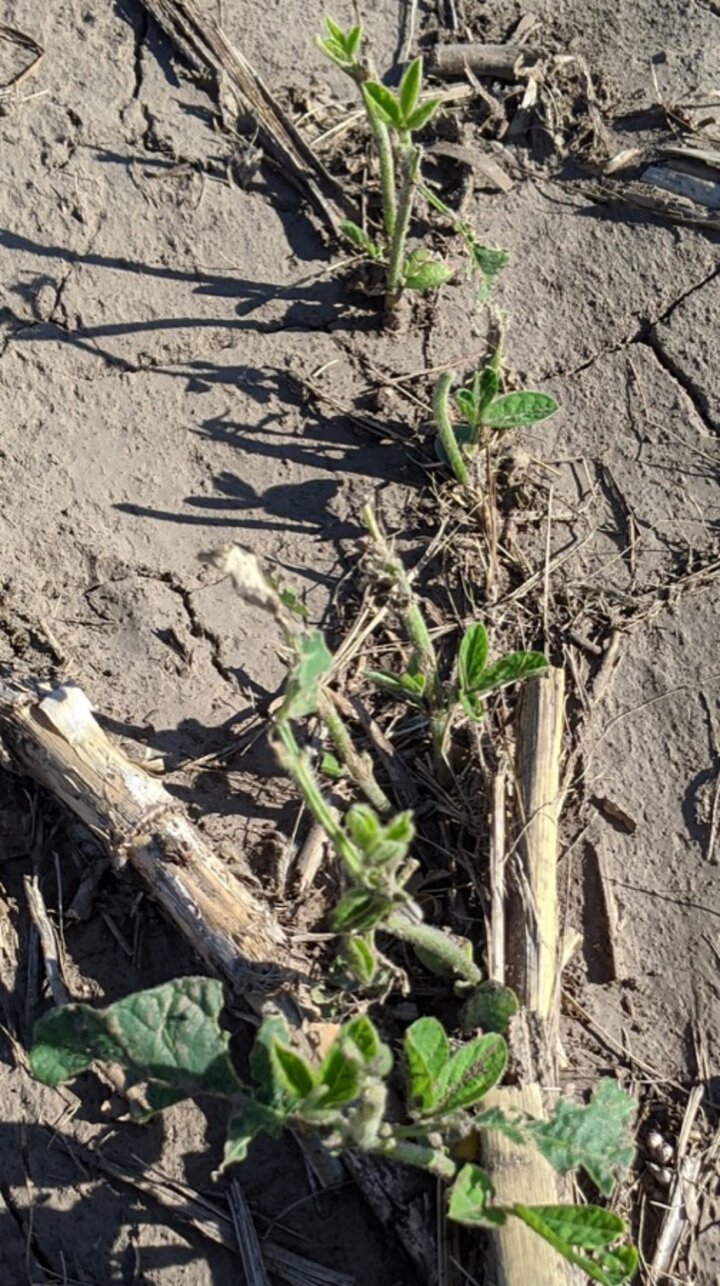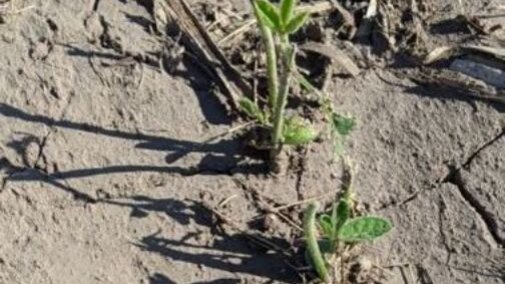With crop damage occurring in the forms of hail, wind and flooding early in this growing season, the following are resources that can help you in making decisions.
Hail Resources
- Assessing Hail Damage in Corn and Soybean – this CropWatch article from 2014 addresses early season damage and considerations.
- Hail Know Assess My Damage - This resource shares steps in what to do after a hail storm and factors to consider when assessing damage in the early, mid, and late portions of the growing season. It includes videos on hail damage assessment, time-lapse video of corn recovery after hail damage at V4, videos of corn and soybean evaluation and management decisions.
Replanting Considerations
These considerations hold true regardless of the factor (environmental damage, crusting, herbicide, disease, etc.).
- Video: Replanting Considerations
- Replanting Corn: Things To Do and Think About
- Replanting Soybean in June: We recommend leaving a stand of at least 50,000 plants/ac that are fairly uniform. Plants in adjacent rows can compensate for skips. If you replant, don’t change maturity until late June and only move up 0.5 maturity.

Flooding Information
Crop Impacts and Options After Mid-Season Flooding – This article provides information regarding a crop’s ability to survive flooding based on growth stage. A summary of information related to corn and soybeans follows.
Corn
- Prior to V6: Plants can survive under water for 2-4 days if temperatures do not exceed 77°F.
- V7—V10: Plants can survive 7-10 days if temperatures do not exceed 86°F.
- VT—R1: Reduced nutrient uptake and successful pollination if standing water is present longer than 2-4 days. Yield losses may occur.
Soybeans
- Yield losses minimal if flooding lasts less than 48 hours.
- Flooded for 4-5 days, fewer nodes develop and plants will be shorter.
- Flooded for 6+ days, possible stand and yield loss. The longer it takes a field to dry out, the more yield loss that may occur.
- Soybeans at flowering: Potential yield loss, especially on poorly drained soils.
- R3—R5: Higher yield loss potential

